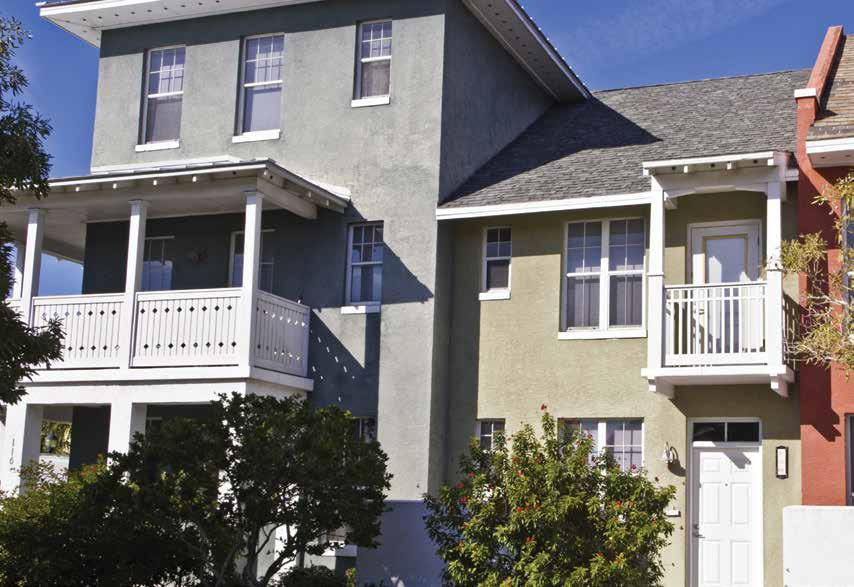
2 minute read
Protecting Affordable Housing Is More Cost Effective Than Producing It
By Ali Sahabi, Optimum Seismic, Inc.
The cost of housing in San Diego, like in much of the state, is getting more and more out of reach for many residents.
Homelessness is on the rise, and California’s push to build 1.8 million new affordable housing units by 2025 has prompted new legislation that could dramatically alter the look of our cities and suburbs in the years to come.
There are two different approaches to addressing this problem. We need to pursue both.
Producing new affordable units is a part of the solution, but doing so is very costly – conservatively averaging more than $500,000 per unit around the state and in locations far more. Producing new affordable units also takes a long time.
Protecting our existing affordable housing units
The many thousands of older apartment buildings throughout California that typically house lower income families, senior and students – can be done for a fraction of the cost and much more quickly with earthquake retrofits.
In my industry, one thing that has troubled me is the disparity found in building safety. Too often, our most vulnerable structures are those housing our most vulnerable populations. We can and should make these older, more affordable structures better and safer.
Socio-economic imbalance
When it comes to earthquakes, older structures make up most of a city’s dangerous building stock, and much of that is used as housing or in business – for lowerwage commercial operations such as manufacturing, logistics and service-related industries.
These structures, because of their age, are more affordable to rent. But many types built in the mid-1970s or earlier – such as soft-story apartments built over open parking areas – can have structural deficiencies that put them at risk in a major earthquake.
That puts lower-income residents at a greater risk of death or injury in a quake. It also increases the risk of these vulnerable populations being displaced in a disaster.
Should the Rose Canyon Fault unleash a major earthquake in San Diego, many existing structures will likely be lost. That can bring severe economic disruption to this city as potentially thousands of people are left without a roof over their heads or a job to provide for their families. Many will be forced to leave the area, live in transitional housing, or face homelessness.
Buildings still standing after the disaster will be priced higher, due to demand, and will likely squeeze out many who were displaced.
Building Safety: A Universal Benefit
Ultimately, identifying our most vulnerable buildings and earthquake retrofitting them for resiliency helps keep our communities healthy. And that’s good for everyone.
Upgrading existing structures is also more economical and better for the environment. It also helps to preserve the character in more established neighborhoods. Improving building safety ensures economic stability and protects affordable housing to help keep our communities strong. That’s also good for everyone.
Learn more about the impacts of earthquakes on community resilience and what many regions around the state are doing by watching “The Resilience Advantage” – an ongoing webinar series featuring experts addressing risks, building safety, social concerns, and business and economic impacts associated with seismic resilience of buildings. There is no cost to attend.
Ali Sahabi, a licensed General Engineering Contractor (GEC), is co-founder of Optimum Seismic, Inc., which has completed more than 3,500 seismic retrofitting and renovation projects for multifamily residential, commercial, and industrial buildings throughout California.







